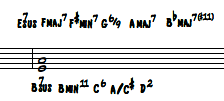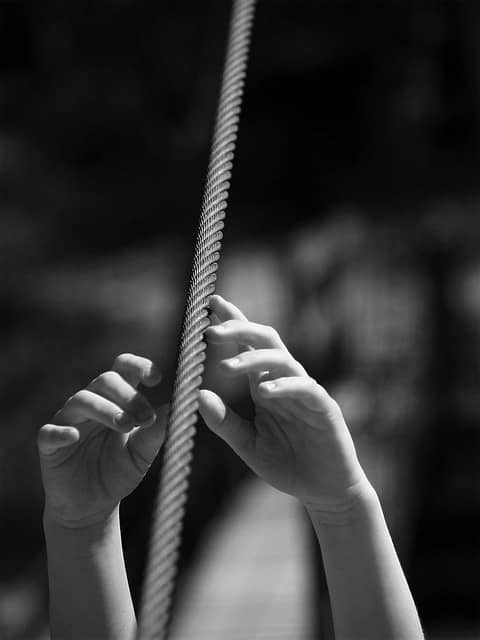Contemporary Composition Part 1
I wanted to start a new series this week in the Arranging/Composing category. If you check out the drop-down menu on the homepage you will find previous posts from various categories. This will be the first one in the Arranging/Composing category. In this series on contemporary composition we will be looking at a way to creatively compose a harmonic progression and let it become the foundation of the new composition. This is how I write my contemporary charts. I don’t do them all this way, but if I’m needing a spark for my creativity…this does it every time! I will be breaking up this process into a multi-week series, so you’ll want to check back each week.
The first part of this process is not something I came up with, but rather one I learned from a professor at the Lamont School of Music (University of Denver) where I received my Master’s. This was taught to me by jazz pianist/composer Eric Gunnison. The other parts of the process would be what I do to finish out the composition. We’re going to build from the ground up a composition I wrote specifically to be premiered at Dazzle Jazz (930 Lincoln St Denver, CO) on September 24th 2012 called Back and Forth. If you go to my Facebook page you can get access to this chart and others that will be played on 9-24-12.
Let’s get started! The first part of this process is to build a list of any arbitrary two-note pairs. They can be of any interval distance. In the example of the song I wrote called, Back and Forth, I decided to make 4 sets of two-note pairs as seen below:
These two note pairs are now going to our Guide Tones (3rds, 7ths or any other chord tone) for coming up with our harmonic progression. Let’s take the first pair (the F & Bb). You can decide on how many different ways those two notes could become a guide tone. I typically start with the first note and move up chromatically looking at how each of those two notes fit with it’s new “root.” Here’s an example of what that might look like:
You can make your list as complex or as simple as you like. For me, in this process I don’t extend the chord quality past the 9th because those can be changed later. Notice how the F and Bb fit into each one of those chords. They are in some way or another a part of the guide tones or chord tones. Let’s continue the process with the next 3 pairs:
Now that we have a lot of different chord options, we can narrow down our choices for our new harmonic progression. Next week, we will look at how you can choose which ones to throw out and which ones we will keep to build our progression. In the meantime, if you haven’t checked out my books Breaking the Monotony or Targeting: Improvisation With Purpose then go to my Digital Store and take a look!








